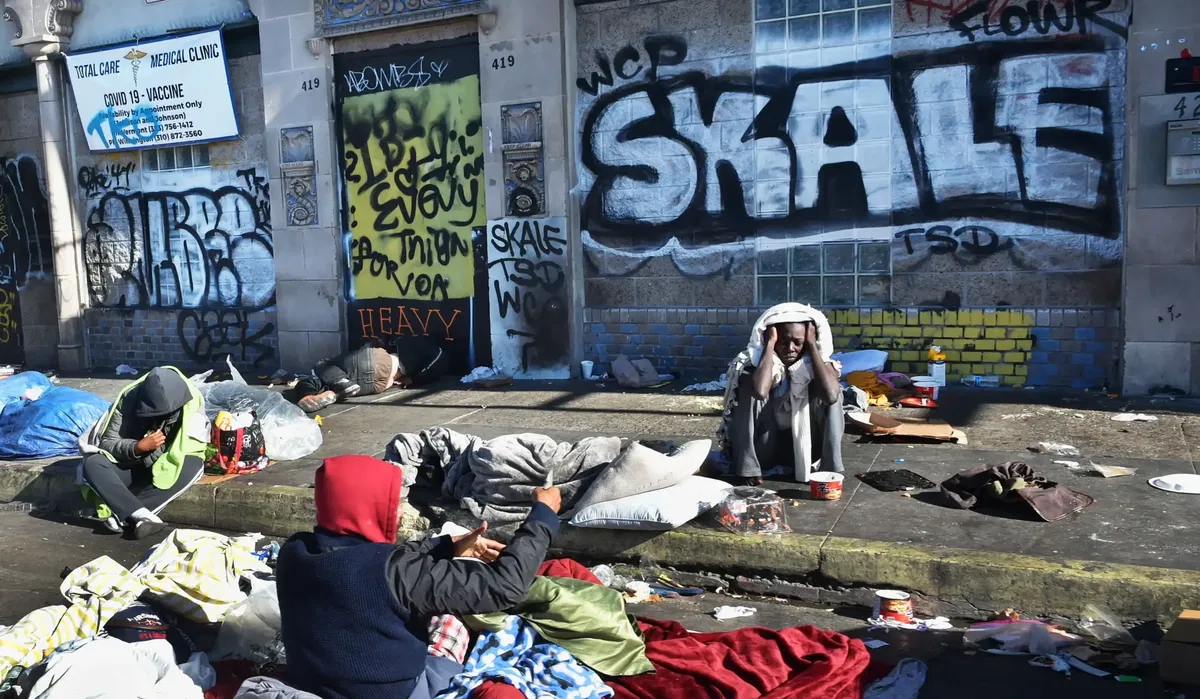California expanding pilot program to fight meth addiction with gift cards, incentives

By Jamie Joseph
California has come up with a new way to fight methamphetamine addiction: incentivizing users to stay sober with gift cards. One of the counties participating in the so-called Recovery Incentives Program is Santa Cruz County
The Golden State will debut its expanded pilot program to 24 counties, targeting big city hubs grappling with drug-addicted homelessness as seen in San Francisco, Los Angeles and Sacramento.
California is the first state approved to have an incentive program covered by Medicaid
"Individuals will be able to earn motivational incentives in the form of low-denomination gift cards, with a retail value determined per treatment episode," according to the state's Department of Health Care Services website.
Eligible participants will be placed in a 24-week outpatient program, followed by additional recovery treatments for another six months if needed. If participants in the program test positive, they will not receive a gift card or other type of incentive.
"If a beneficiary tests negative for stimulants, they are eligible to receive an incentive during that visit," a state health department FAQ published in September 2022 reads. "The presence of opioids or other drugs shall not be an indication to terminate the beneficiary from [contingency management] treatment but rather shall be an indication the beneficiary may need additional treatment, either concurrently or subsequently."
But some residents in Los Angeles County aren’t so sure this program will hit home with its homeless population, which has been riddled with mental illness and drug addiction. Meth is often the preferred drug among the homeless population in the county.
Venice Beach resident and neighborhood councilmember Soledad Ursua told Fox News Digital she’s concerned that drug addiction among the homeless is too powerful to be overcome by small financial incentives, as she has grown accustomed to seeing "homeless persons experiencing psychotic breaks daily" induced by drugs.
"It sounds like another ill-conceived attempt to put a Band-Aid on a bullet wound," Ursua said. "This will solve nothing in a state that enables drug addiction."
California follows what's known as a "harm reduction model" when dealing with drug addiction on the streets, handing out clean needles and syringes to users in exchange for their dirty ones, as well as containers for cooking drugs. Proponents of this model argue it reduces transmissions of infections and diseases.
"You can use meth, heroin, fentanyl, and other drugs without fear of arrest," Ursua said of the conditions in LA. "This has lead to an explosion of encampments, people living on our streets and in RVs."
According to a May report, the Los Angeles County Department of Public Health found a troubling trend among the homeless: fatal fentanyl overdoses tripled from 2019 to 2020 and often involved methamphetamine in 2021, amounting to at least two deaths daily.
Statewide, California boasts the largest number of unhoused homeless people in the nation, with an estimated 171,000 recorded last year. Gov. Gavin Newsom touted a plan earlier this year to pour $1 billion into counties investing in building 1,200 temporary small homes for homeless people, with access to expanded drug recovery treatment.
"The crisis of homelessness will never be solved without first solving the crisis of housing — the two issues are inextricably linked," Newsom said in March.